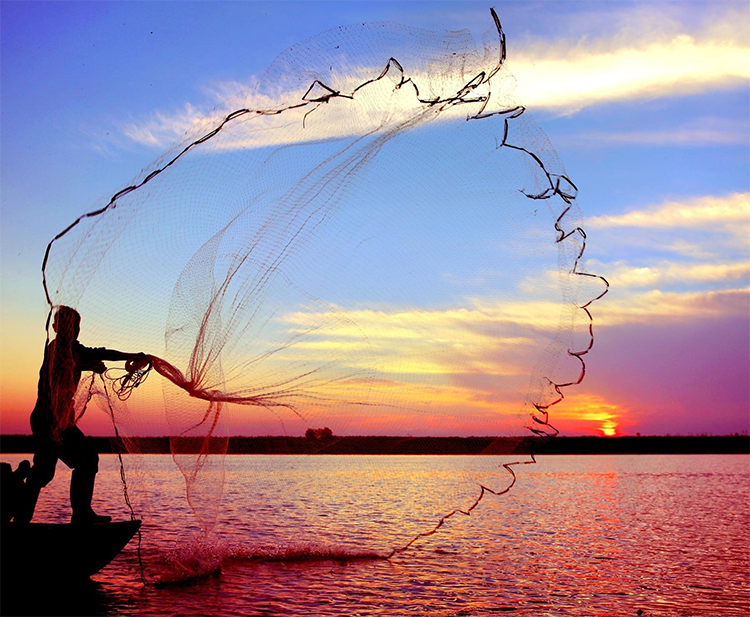Poyang Lake: Asia’s Premier Migratory Bird Sanctuary and Birdwatching Guide
Introduction
When morning mist drifts from the reedbeds of Poyang Lake and thousands of white cranes streak across the sky like falling snow, the soft thud of wings becomes nature’s symphony. Praised by China National Geographic as “China’s most beautiful wetland,” Poyang Lake Wetland Park spans 365 sq km where migratory birds are the protagonists and humans respectful observers. Lace up your walking shoes, bring binoculars, and step into one of Asia’s grandest migratory bird theaters.
1. Core Identity: A Rare Global Migratory Bird Ark
“Winter at Poyang Lake” is a secret password among international birding circles. Serving as a refuge holding roughly 98% of the world’s white crane population, the park functions as a UNESCO-priority wetland gene bank. Unlike noisy theme parks, its appeal is raw and authentic: every winter 60,000–80,000 migratory birds stage an intercontinental survival epic.
2. Immersive Nature Theater
At the Poyang Lake Cultural Park’s bird corridor, designers use concealed observation cabins for zero-disturbance viewing. When a flock of 20 Oriental storks strolls 30 meters away, you can even hear the tapping of their bills. The electric silent-boat routes, built with ecological floating-island technology, glide through lotus-clogged channels—occasionally revealing fishing pelicans. The most jaw-dropping spectacle is the dawn “White Crane Wall”: a kilometer-long band of white birds unfolding in sunrise light that will reshape your imagination of avian migration.
3. Top Experiences and Practical Tips
– Must-do: The Wetland Science Center’s “Bird ICU” is a rare migratory bird rescue facility where one-way glass lets visitors watch staff care for injured species. The 360-degree observation tower is ideal for photographing swans taking off—bring a 400mm+ telephoto lens.
– Hidden gem: The cultural park’s underwater viewing corridor offers direct views of the 2-meter-deep lakebed; in winter you may watch fish and diving birds sharing the same space.
– Seasonal highlights: January’s “Ice Lake Crane Scenes” (birds breaking ice to feed) and July’s “Ten-Thousand-Mu Lotus Fields” (over 300 lotus varieties in bloom) are photographers’ favorites.

4. Scientist-Backed Timing and Listening Tech
Professor Wang from the CAS Wetland Research Center recommends visiting between 9:00–10:30 AM when birds are most active; start at the Baishazhou observation point. After 4:00 PM, the shallow flats of Wucheng Reserve attract thousands of geese and ducks bathing together. The park’s innovative acoustic-ID guide recognizes about 30 bird calls in real time—scan the QR codes to access species profiles instantly.
5. Practical Survival Guide
– Tickets: A 160 RMB combo ticket covers the museum and boat ride (children half-price). During peak bird season, book at least three days ahead via the “Jiangxi Culture & Tourism” WeChat account.
– Getting there: A 1.5-hour drive from Nanchang Changbei Airport (navigate to “Poyang Lake Wetland Park East Gate”) or take high-speed rail to Poyang Station then hourly shuttle buses.
– Gear: Binoculars are rentable in the park (20 RMB/hour), but bring your own waterproof boots—some trails stay damp. Bring a 400mm+ lens if you plan serious photography.
– Dining tip: Staff canteen “He Wei Tang (Crane Flavor Hall)” serves limited local specialties—Poyang silverfish steamed with egg (38 RMB) and stir-fried local artemisia with cured pork (52 RMB)—about 30% cheaper than the main eateries.

6. Responsible Eco-Tourism Etiquette
The park displays its “Three Don’ts” in Chinese, English, Japanese, and Korean: don’t wear bright colors (avoid disturbing birds), don’t fly drones (no-fly zones), and stay on designated paths. A Norwegian visitor once chased a shot and was fined 3,000 RMB—rules here are strict enough that even BBC documentary crews comply.
Conclusion
When the last white crane returns at dusk, you’ll understand why conservationists call this place “the Earth’s last tear.” Far more authentic than staged spectacles, Poyang Lake offers a VIP natural performance in swan courtship and migratory choreography. Use this guide to witness life at its most magnificent—remember to silence your camera shutter and let the birds deliver the wow.
Practical extras
– Boats: Eight silent electric docks; each boat has a professional guide.
– Museum: Holds the world’s only complete white crane skeleton specimen.
– Live updates: Check the park website’s “Migratory Bird Radar” for real-time bird conditions.


